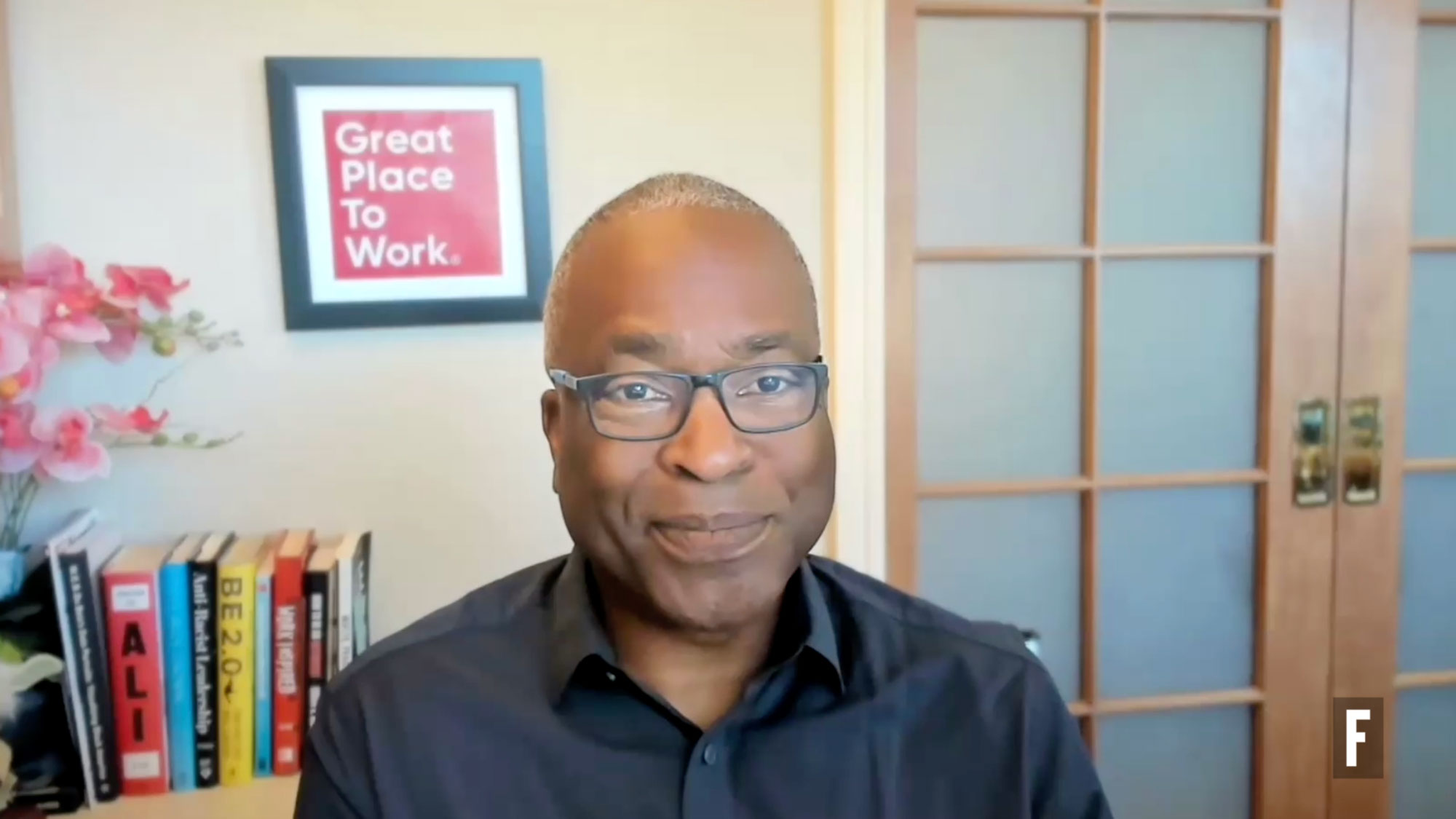Yesterday I had a telephone conversation with a People Strategy leader from a big brand that also happens to also be a Best Company to Work For. My interlocutor said something that surprised me. No, something that shocked me.
The conversation went something like this:
People Strategy Leader: I’m tired of all this talk about work-life balance.
Me: Pardon me. I thought I just heard you say that you’re tired of talk about work-life balance.
People Strategy Leader: Yes. That’s what I said. I think work-life balance gets it wrong.
Fortunately, our conversation did not end there and instead yielded a really interesting interpretation of a concept and phrase that gets so brazenly bandied about, it’s somewhat devoid of meaning.
Most conversations on work-life balance presume that you can break a human life into discrete buckets: work over here, family over there, health in a special category, community involvement in another, and maybe a little sand pail for things like personal fulfillment and sense of meaning. Based on this paradigm, the objective of most-work life balance programs is to help people allocate a fair amount of time to what resides in each bucket. Turn off work time, turn on family time, spend an hour on your wellness. If this model of work-life balance were a mathematical equation it might look like this: Balance = Life – work
But life doesn’t work that way. Just because we are at work does not mean that we cease being caretakers. If we work 40+ hours per week, plus the time spent prepping for work, and getting to and from work, does that mean that we are left with 15 minutes per week to achieve a sense of personal meaning? Can true wellness be achieved if we only give it 30 minutes every other day?
From the perspective of this particular People Strategy Leader, the conversation should shift from how organizations can help employees achieve work-life balance to how organizations can create a “give value, get value” scenario for employees. In this situation, work does not detract from life but enhances life by integrating employees values, families, physical and mental well-being, and personal sense of fulfillment in a dynamic web of interactions and programs that support the not just the employee, but the whole person. If I were to make a mathematical equation out of this interpretation, I’d probably need an algorithm, and I’m just not that good at math.
It’s a complicated take on the concept for sure, but one that probably better aligns with the actual experience many of us have. What does work-life balance mean at your company? Are we all ready for a shift like this? What would a workplace actually need to do or have in place to make this version of “balance” a reality?
Leslie Caccamese is an Interim Program Director and avid blogger for Great Place To Work® Institute.







